Hello! It’s Rachel here, the new volunteer on the project and I’m here to give you all a quick update on what’s been going on lately. It’s been all change in the mountain chickens’ enclosure over the last few weeks and a lot of new tech has been added. As you might have read in one of the previous blogs, we introduced a hot and cold pond system to help facilitate the frogs in surviving and (hopefully) developing a resistance to chytrid, the deadly fungus now found all over Montserrat. In case you missed it, here’s a quick recap.
So what’s new? Well, a few weeks ago, myself, Luke and Kristofer (from one of our partner zoos, Norden’s Ark) set to work on an exciting new mission within the enclosure. Together we constructed a new monitoring system around the edge of each pond. This will show us where the frogs are spending their time in the enclosure; in particular which individuals are in which pools and for how long.
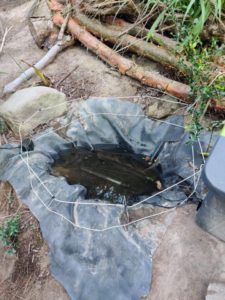
The day we set up the mountain chicken scanning devices was a typical day in the Caribbean- baking hot and extremely humid, but this didn’t deter us! Many sweaty hours of looping wires and hammering them into place later and we were good to go. The sensors for the monitoring kit run around the edges of the ponds and then loop over themselves to hover directly above it. This is difficult to explain, but you’ll see from the photos that in the end the ponds resemble something like a WWE wrestling ring.
Each mountain chicken has a PIT tag inserted under their skin, which presents a unique identification number when scanned. When a frog passes between the wires of the monitoring system as it enters or leaves a pond, the current is broken and the PIT tag number is scanned and recorded, a bit like a barcode in your weekly shop. This will show us how the prevalence of chytrid (which we monitor via skin swabs during monthly health checks) relates to hot and cold pond usage, and over time will reveal whether those frogs infected with the fungus are actively using the hot ponds to help treat themselves.
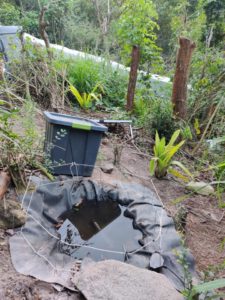
Once we’d set up all the hot ponds, we tested the system using a spare PIT tag. It was incredibly effective, and we found to our delight that the second you passed the tag beneath the wires, the computer let off a little beep so you knew it had scanned. It was immensely satisfying to hear an audible sign that the system was working. We all breathed a sigh of relief knowing our hard work had paid off and miraculously the little wires would give us all the information we needed.
In the weeks after setting up the monitoring system, we also put a backup plan into place (we can’t be too careful!), by setting up camera traps facing all of the ponds. The traps snap a photo whenever an individual enters a pond so we can double-check that the photos match the PIT tag recordings. Looking through camera trap data can sometimes be a bit dull but not this time! It was really great to see so many frogs making use of the ponds and seeming completely unperturbed by the alterations. In fact, I think you’ll agree that they look like they are loving their new and improved hot tubs!
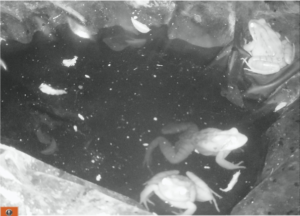
So what’s next? We’re going to continue to monitor the hot and cold pond usage and compare it to the data from the camera trap images. We will also continue to use our trusty dataloggers, to double check that the heaters are causing the expected temperature fluctuations. And lastly, we will be keeping you updated with the results!
Thanks for reading and you’ll be hearing more updates from us again very soon!




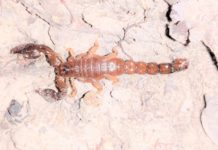


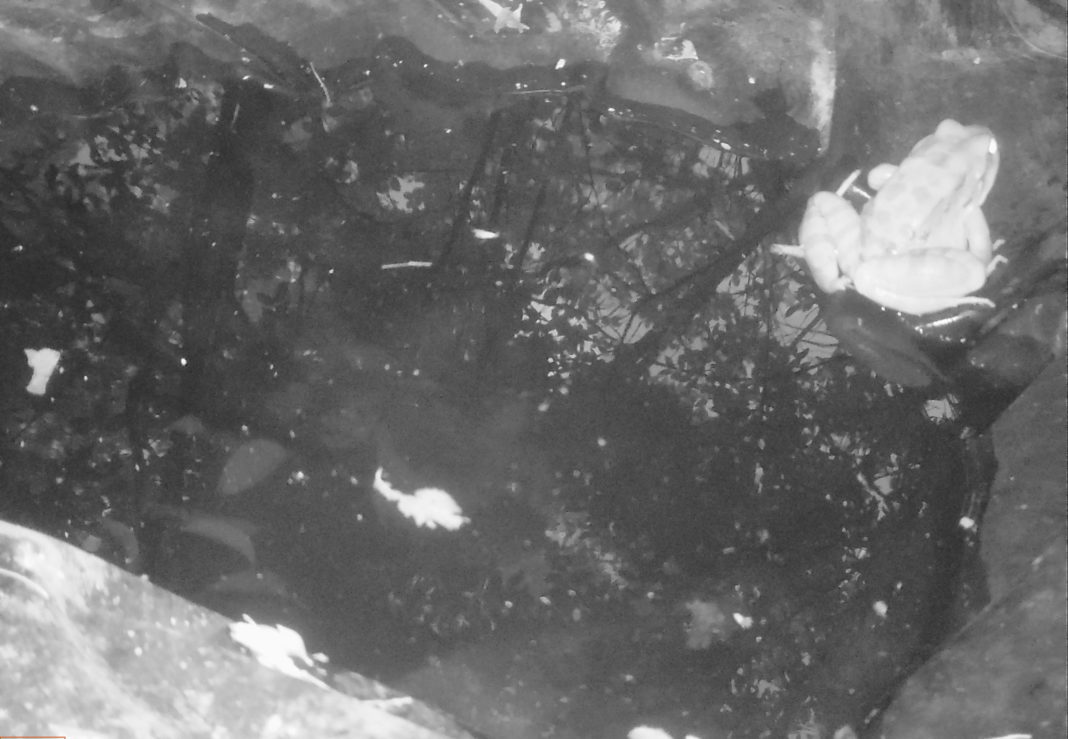
Loving the blogs Rachel! We have just shown the latest one to Grandma- excellent work! Looking forward to the next blog.